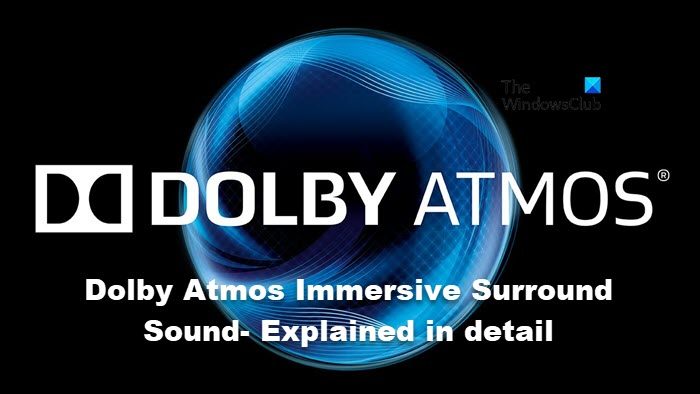What is Dolby Atmos Immersive Surround Sound?
Atmos, a surround-sound technology, was introduced in 2012, widening the previous 5.1 and 7.1 surround-sound configurations by adding surround channels that emanate from above, encircling the listeners in a canopy of audio. Unlike standard channel-based systems. However, Dolby Atmos does not simply broadcast individual audio levels to every speaker. Additionally, the system can generate up to 118 simultaneous sound objects, enabling the sound designer to place each sound and speech at precise places within the sound field as opposed to assigning them to particular channels. These items may be relocated and adjusted inside the room to create a realistic three-dimensional soundstage.
How does Dolby Atmos Immersive Surround Sound word?
Dolby Atmos works with current automated speaker setup, EQ, and room correction systems, including Audyssey, MCACC, and YPAO. The Dolby Atmos experience is incomplete without height channels. Install speakers on the ceiling or use two new kinds of handy speaker setup and positioning choices to obtain access to height channels: The vertically fired driver in these two alternatives sends the sound produced by ceiling-mounted speakers to the ceilings, which reflects the audience. There is minimal distinction between this style of speaker design and employing individual ceiling-mounted speakers when properly set against a low-flat roof. It should also be appreciated that the all-in-one horizontal or vertical speaker minimizes the number of separate speaker cabinets, but does not eliminate speaker wire clutter. The horizontal and vertical channel drivers must still be connected to separate speaker output channels from the receiver. Damson’s self-powered wireless speakers, for example, might be the ultimate bet. Dolby Atmos works with both Blu-ray and Ultra HD Blu-ray Disc formats, and there is a plethora of materials to choose from. Blu-ray Discs that are encoded with Dolby Atmos can also be played backward on most Blu-ray Disc players. Read: How to enable and use Dolby Atmos on Windows.
Future of Dolby Atmos
As mentioned above, the business is developing solutions to offer Atmos soundtracks in a digital interface, as enabled by the Atmos Height Virtualisation technology. Certainly, the Atmos- and Vision-supporting Dolby Cinema will grow as theater owners seek to entice consumers back. Over the past several years, we’ve seen a number of manufacturers reveal their intentions to deliver sophisticated in-vehicle audio experiences, and Dolby has confirmed a deal with Cinemo that represents the dawn of a car-audio renaissance. However, by far the most significant and urgent area for development is more inexpensive equipment. While AVRs are nearly universal, the world would want to see more economical speaker alternatives and audio systems, as well as wireless options. Dolby Atmos usually necessitates the installation of additional speakers. Dolby and its manufacturing partners have developed alternative ideas that may eliminate the need to physically place or install speakers on the ceiling. Small Dolby Atmos-compatible vertically firing speaker modules is one of the approaches that can be considered. In your present configuration, these modules may be placed on top of the front left-right and left-right surround speakers. It does not get rid of the additional speaker cables. Nevertheless, it’s more appealing than stringing speakers rigging up your ceilings, or needing to penetrate the brickwork. Read: How to install Dolby Audio on Windows computer
How many speakers do you need for Dolby Atmos?
Dolby Atmos usually works fine when you have a four-speaker setup as this allows audio waves to wrap you inside a cocoon creating that immersive audio. If you like, you can have 34 speakers, obviously, you are not required to do so. But if you have extra speakers and amplifiers lying around and a space big enough for them, give it a try.
What is Dolby Atmos immersive audio?
Dolby Atmos is a sound technology developed by Dolby Laboratories to create a three-dimensional surround sound experience. They have integrated height channels into the already existing sound systems to create an immersive experience. Read: Dolby Atmos not working on Windows computer.

